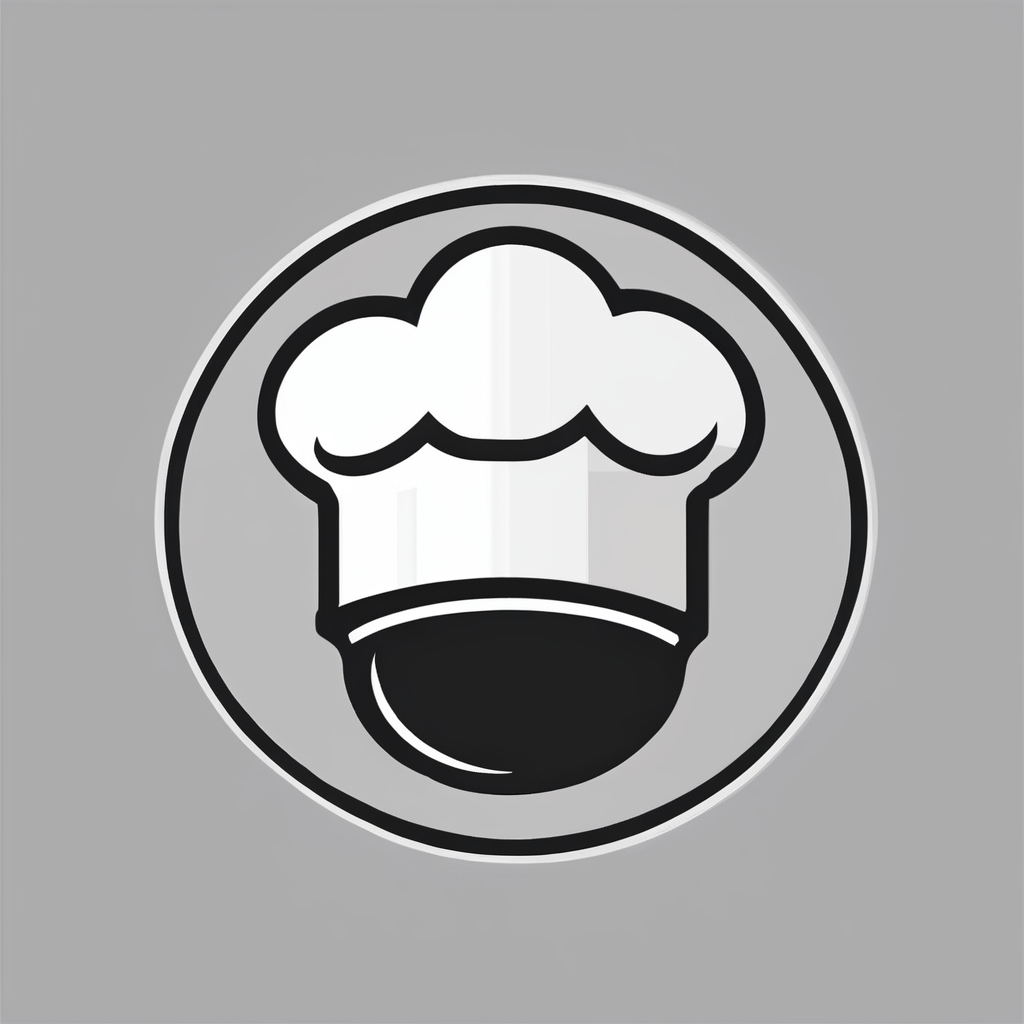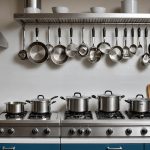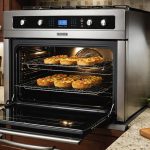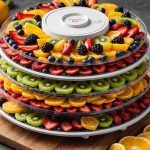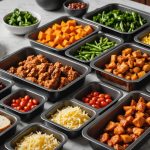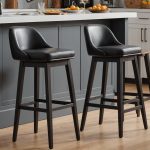Importance of Choosing the Right Bread Knife
Selecting the right bread knife is crucial not only for the ease of slicing but also for ensuring the quality of your bread remains intact. A well-chosen knife can significantly affect your slicing ability. Imagine effortlessly gliding through a crusty loaf without squashing it, preserving the airy texture inside.
Considering your personal usage habits and types of bread should also be part of your bread knife selection process. For instance, if you frequently bake or purchase artisan bread, a serrated knife with a deep scallop is essential. By understanding your regular bread types, you ensure your knife optimally supports your needs.
In parallel : Key considerations for choosing the ultimate high-quality bbq grill for unforgettable backyard cooking experiences
Investing in a quality knife is beneficial in the long run. A premium bread knife doesn’t need frequent replacements, saving money over time. Plus, its improved handling can make meal prep more enjoyable. A good quality knife promises longevity and performance, making it a reliable kitchen companion for many years.
In the end, the best bread knife benefits align with your cooking style, bread preferences, and budget, offering a seamless bread slicing experience while safeguarding your culinary results.
In the same genre : Unlock the essential features of a yogurt maker for creating delicious homemade yogurt!
Key Features to Look for in a Bread Knife
Selecting a bread knife involves understanding various knife characteristics to ensure optimal performance. A crucial aspect is the blade material. Stainless steel is highly recommended due to its rust-resistant properties and ease of maintenance. In contrast, carbon steel blades offer superior sharpness but require more care to prevent rust.
Blade Length
When considering the blade length, typical sizes range from 8 to 10 inches. An 8-inch blade is versatile, suitable for small and soft loaves, while a 10-inch blade can handle larger, crusty bread. Longer blades provide clean slices with fewer strokes, reducing the risk of crushing the bread.
Handle Design
The design of the handle significantly affects comfort during use. An ergonomic handle not only ensures a secure grip but also reduces hand fatigue, making it ideal for prolonged use. Look for handles made from materials like wood or composite, offering durability and a pleasing aesthetic.
Understanding these bread knife features allows anyone to make an informed decision when purchasing a knife. By prioritising the right knife characteristics, you can enhance your kitchen experience, ensuring every slice is perfect.
Types of Bread Knives and Their Uses
When exploring the types of bread knives, understanding the differences between serrated and straight-edge knives is crucial. A serrated bread knife is typically preferred for its ability to tackle harder, crusty loaves with ease. Its tooth-like edge grips the crust, allowing for smooth slicing without crushing the delicate interior. Conversely, a straight-edge knife is more suitable for softer bread, such as sandwich loaves, thanks to its precise cutting capability.
Specialty knives cater to specific bread types and cutting techniques. For instance, a knife with an offset handle provides extra knuckle clearance, making it ideal for tasks like slicing through baguettes or tall loaves. Additionally, dual-sided serrations can enhance versatility, allowing the knife to be used for both delicate and robust slicing tasks.
The versatility and multi-functionality of bread knives extend to other culinary uses, transforming them into an essential kitchen tool. A well-chosen bread knife can effortlessly slice fruits with tough skins, like pineapples or tomatoes, proving invaluable beyond bread preparation. Knowing the unique advantages of each type of bread knife can help ensure the selection of the most suitable kitchen companion.
Recommended Bread Knives for Different Needs
Choosing the best bread knife often involves understanding your specific requirements and preferences. Various recommendations exist to cater to different needs, ensuring everyone finds a suitable option that aligns with their bread knife selection criteria.
Top Picks for Professional Chefs
For professional chefs, a bread knife with a high-quality blade is key. Brands like Wüsthof and Shun offer superior performance knives crafted for durability and precision, essential for busy kitchen environments. These are designed to handle frequent use without compromising on slicing finesse.
Best Knives for Home Bakers
Home bakers might find mid-range options providing an optimal balance between cost and knife characteristics. Victorinox or Mercer present ideal choices, combining ergonomic designs with reliable sharpness. These suggestions consider both occasional baking and extensive use, making them versatile for different baking practices.
Budget-Friendly Options
Affordable bread knives still deliver on essential bread knife features. Options like the Dexter-Russell knife ensure you won’t miss out on quality. Carefully engineered serrations on these knives maintain excellent slicing capability. Users can enjoy reliable performance without stretching their budget, proving you don’t need to overspend for efficiency.
Maintenance Tips for Longevity of Bread Knives
Proper bread knife care is essential to preserve sharpness and prolong the knife’s life. Regular and methodical knife maintenance can ensure your tool remains effective over time.
Cleaning Techniques
Cleaning your bread knife correctly can maintain its sharpness. Hand-wash the knife in warm, soapy water immediately after use, avoiding dishwashers as they can dull the blade. Ensure thorough drying to prevent rust, particularly for carbon steel knives, known for their rust susceptibility.
Honing and Sharpening
Regular honing helps keep the blade aligned and in optimal condition. Use a honing steel or ceramic rod before or after each use. For sharpening, employ a professional service or use a dedicated sharpener, ideally suited for serrated blades. This step ensures the knife retains its cutting prowess, reducing the frequency of replacements.
Storage Solutions
Storing your knife safely is crucial for protecting the blade’s integrity. Consider using a knife block, magnetic strip, or blade guard to prevent dulling and preserve the edge. Such storage solutions also enhance safety in the kitchen, preventing accidental cuts.
Prioritising these maintenance practices guarantees that your bread knife remains a reliable kitchen companion for many years.
User Experiences and Testimonials
Exploring bread knife reviews from users provides valuable insights into performance. Customer feedback highlights practical experiences with various models, helping prospective buyers make informed decisions.
Real-Life Experiences
Both amateur cooks and professionals have shared their encounters with top-tier bread knives. Reviews often mention how a well-balanced knife enhances comfort during extended use. Users appreciate the precision slicing because of high-quality blade knife characteristics. For those with specific slicing needs, ergonomic handles receive praise for reducing hand strain.
Insights from Professionals
Professional chefs frequently emphasize the importance of subtle design differences in bread knife selection. Their experienced perspectives reveal that superior grip and blade sharpness are non-negotiable. Popular brands like Wüsthof and Shun often come recommended not only for durability but for the aesthetics they add to a chef’s toolset.
Common Praises and Complaints
Reviews commonly note satisfaction with bread knife features such as stainless steel’s rust resistance. However, a recurring complaint is the need for regular maintenance to keep the blade performing at its best. Some users also express concerns about the high price of premium models, though they concede these knives prove to be worthwhile investments in the long run.
